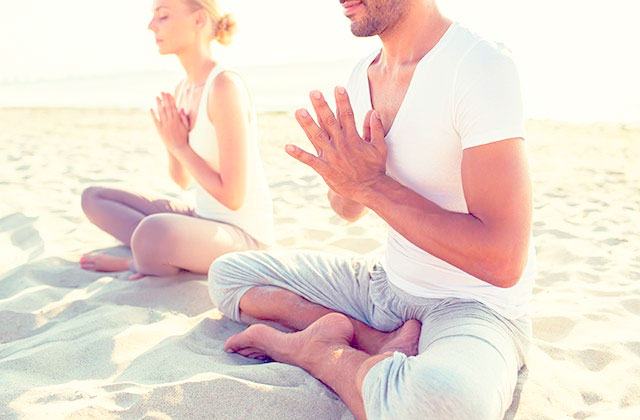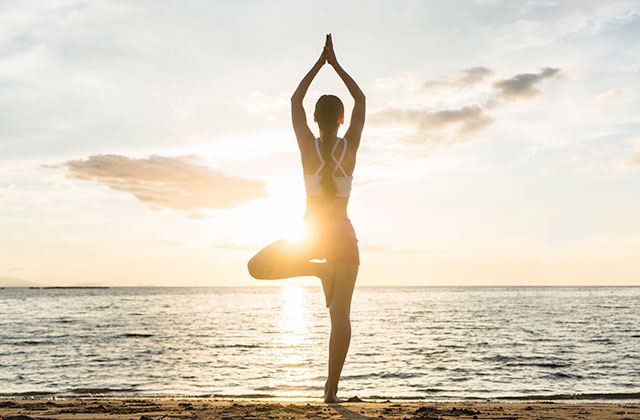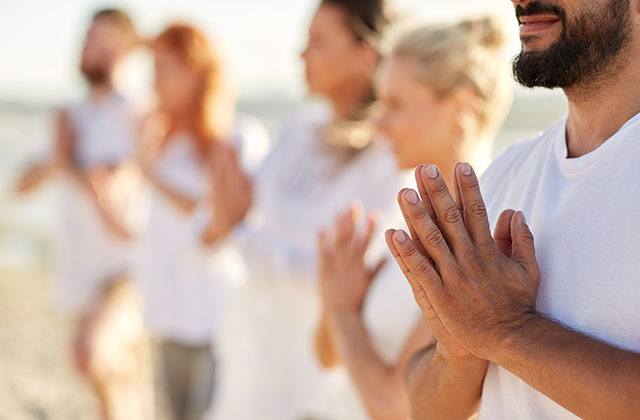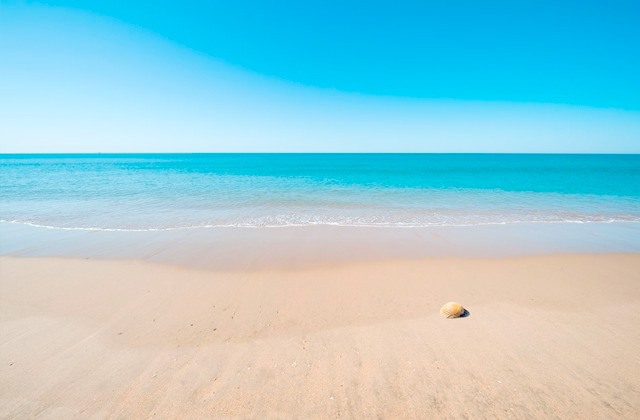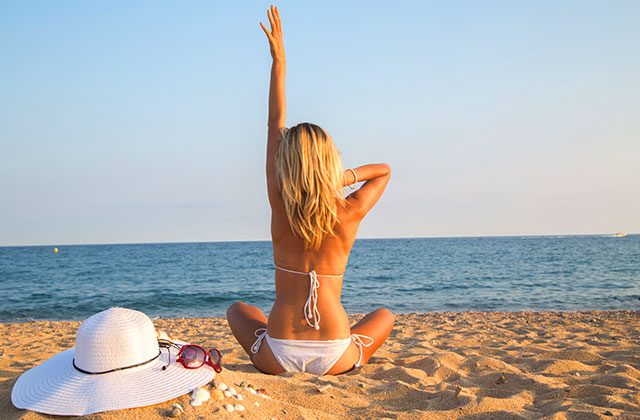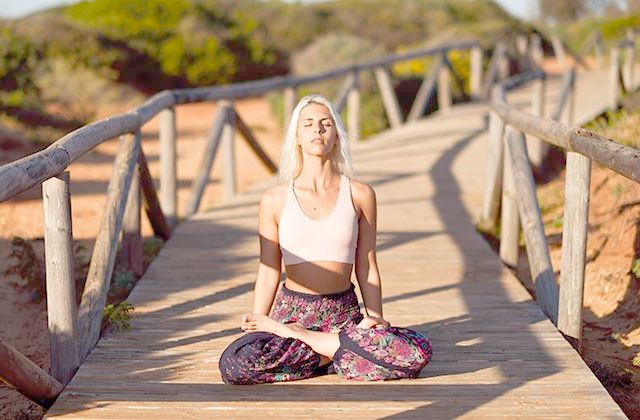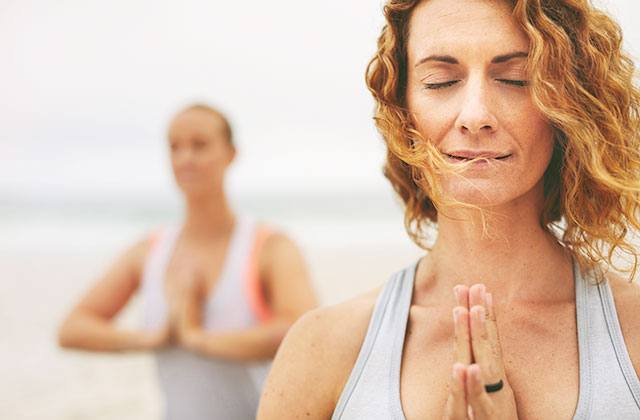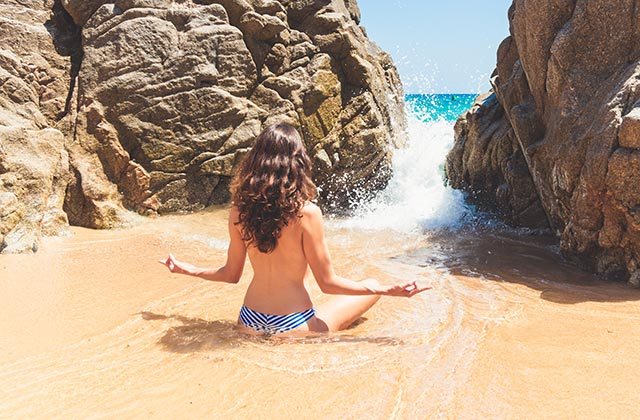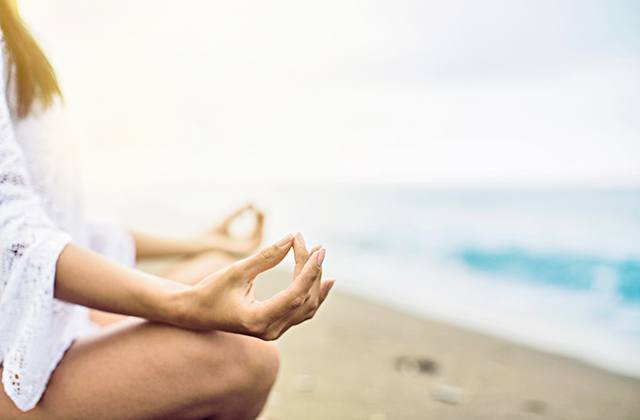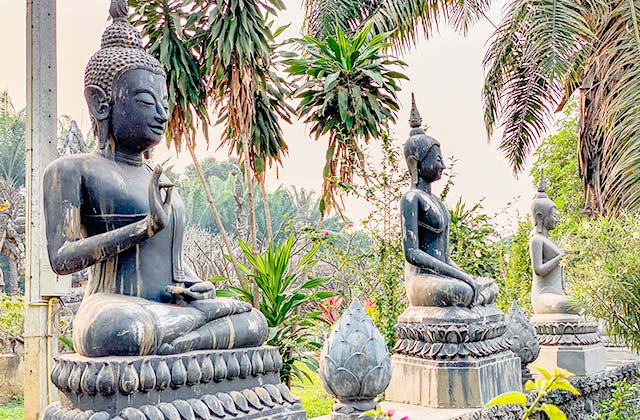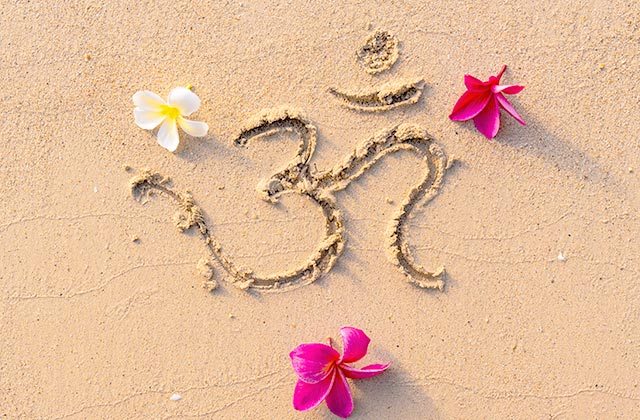
TEN TIPS FOR HOW TO PROPERLY PRACTICE YOGA ON THE BEACH
In Andalucía, a region known for its warm and sunny climate, enjoying the outdoors becomes an essential part of everyday life. The options are varied and include running, skating, and cycling. However, one activity that is gaining an increasing number of followers is the practice of yoga on the beach.
This discipline, which combines physical postures, breathing techniques, and meditation, becomes an even more enriching experience when performed by the sea, under the warm Andalusian sun. If you are considering joining those who have already discovered the benefits of practicing yoga in this idyllic setting, it is important to consider some key aspects to maximize the experience and ensure the well-being of your body and mind.
Below, we present ten essential points that you should consider before rolling out your mat on the sand.
1. What Is Yoga?
The word yoga comes from Sanskrit and means “union” – the union of body and mind, union with the universe. In all paths of yoga, practitioners usually set out to reach a state of spiritual development or ‘enlightenment’. In the case of hatha yoga, which is one of the most common types practices in the West, this state of enlightenment is achieved through intensive work with the body. This work, of course, can be completed at the beach.
2. What Is The Best Time To Practice At the Beach
Unless you’re a disciple of bikram yoga (yoga practiced at 40 ˚ C) , the ideal temperature for practicing this activity is 19 to 22 ˚ C. Therefore, according to the month of the year and where you are, try to choose the time of day most likely to have this approximate temperature. During the warmer months, the ideal is to practice during the early morning or late afternoon. Remember to also wear a sweatshirt or warm clothes to cover for the end of the sequence. When relaxed, it is common to feel a little cold.
3. Always Come With Sunscreen
Even if you practice in the early morning, never underestimate the power of Surya, the god of sun, which can enlighten us, enliven us and, if we don’t pay attention burn us as well. When practicing yoga, it is quite common to reach a deep state of relaxation and concentration that can make it easy to lose track of time. It never hurts to throw on some sunscreen.
4. Choose Your Space Wisely
Many of the asanas, or yoga postures, require an ample dose of balance. Therefore, before starting your yoga session on the beach, make sure you have chosen an area that is as flat as possible, otherwise you might have some difficulties achieving positions like vriksasana (tree pose) or sirshasana (posture on one’s head). Of course, if you fall, the sand will be there to soften your fall so you won’t likely hurt yourself
5. Do Not Eat Before Practicing Yoga
Avoid eating before practicing yoga, but if you have to, make it a little, light snack. Just avoid doing it just after large lunches, breakfasts and dinners. If you have to, you should avoid practicing inversions like sirshasana (headstand), Sarvangasana (shoulder stand) and halasana (plow posture or cervical flexion) as it may cause indigestion.
6. Focus On Finding Quiet Beaches
Concentration is key for achieving an optimal yoga experience. Therefore, while it may be complicated, try to find a beach away from the maddening crowds. Although you may be an expert in the art of pratyahara (the abstraction of the senses), you will still have trouble ignoring the outrageously loud cries of children playing ball nearby.
7. Connect With The Environment
The higher purpose of reaching a state of union with the universe is much more achievable in a natural setting like the beach, offering the sound of waves and bids and the rhythm of the ocean. These are primal sounds that have existed since the beginning of time so when we hear them, our cells remember and react, synchronizing to the universe. When this happens, we become full of life and energy.
8. Relax
If you practice yoga regularly, I am certain that your instructor has proposed some sort of relaxation visualization in a natural setting, like a forest, a mountain or a sunset on a beach. This is undoubtedly the greatest advantage of practicing yoga in a natural environment: You Don’t Have To Imagine Anything At All. You just have to sharpen your senses, feel the sea breeze while you do the sun salutation and breathe in the nitrate and iodine odours when in cobra pose. When all is said and done, you can dive into a deep state of intense relaxation without anyone to guide you – just listen to the waves crashing on the shore.
9. Take This Opportunity To Experience ‘Nude Yoga’
If you choose a nude beach as a place for your yoga practice, you can take to carry out one of the most advanced forms of this discipline: nude yoga. This form of yoga was born in the sixties in the U.S. with the ” hippy ” movement and has recently been introduced in a New York gym. The goal, they say, is to offer students a new way to celebrate their bodies with no sexual situations. Students are free to get more out of their classes and feel closer to nature, the true ‘I’.
10. Meditate
Meditation is the key to our inner peace – our greatness as human beings. Meditation also helps us to provide a clearer, more skilled response when dealing with toxic or negative forces, promoting positive emotions in your mind. So, when you find yourself in the perfect environment, reserve a few moments to meditate. Put yourself in a lotus position (or half lotus or cross-legged), making sure that your back is straight, your chin on your chest and your breathing focused on your nostrils. If anything comes to mind, let it go – let it go – then immediately refocus your attention back on your breathing.
Om Benza Satto Hung…ommm
Curiosities
Yoga is a fascinating practice with a rich history and many interesting curiosities. Here are a few:
- Ancient Origin: Yoga has its roots in ancient India, with evidence of practices dating back over 5,000 years. It is first mentioned in sacred Hindu texts such as the Vedas and Upanishads.
- Variety of Styles: There are numerous styles and forms of yoga, ranging from the vigorous Ashtanga and dynamic Vinyasa, to the relaxing Yin and therapeutic Restorative Yoga. Each style has its unique focus on postures, breathing, and meditation.
- Health Benefits: Studies have shown that yoga can have a wide range of health benefits, from reducing stress and anxiety to improving flexibility, strength, and balance. It has also been linked to lowering blood pressure and relieving chronic pain.
- Sanskrit: Many terms in yoga, such as asana (posture), pranayama (breath control), and mantra (sacred sound), originate from Sanskrit, an ancient Indian language. Learning these terms can help deepen the understanding of the practice.
- The Eight Limbs of Yoga: Classical yoga is based on the Yoga Sutras of Patanjali, which describe the eight limbs of yoga (Ashtanga Yoga). These steps include yamas (restraints), niyamas (observances), asanas (postures), pranayama (breath control), pratyahara (withdrawal of the senses), dharana (concentration), dhyana (meditation), and samadhi (enlightenment).
- Challenging Positions: Yoga includes a wide variety of postures, some of which are extremely challenging both physically and mentally. Examples include the Crow Pose (Bakasana), the Bow Pose (Dhanurasana), and the Headstand (Sirsasana).
- Global Influence: Although yoga originated in India, it has become incredibly popular around the world. It is practiced in countries across all continents and has evolved to accommodate a wide range of cultures and lifestyles.
- Comprehensive Philosophy: Yoga is not limited to physical postures; it also includes a rich philosophy that addresses aspects such as self-awareness, ethics, mind-body connection, and the pursuit of spiritual enlightenment.
What are the best beaches in Andalucia?
ACCOMMODATION

Hotel Fuerte El Rompido
Fuerte Hoteles is the best hotel chain to stay in if you visit southern Spain. The Hotel Fuerte El Rompido is one of the most beautiful hotels in the area thanks to its spectacular location on a hill the overlooks the natural landscape of the Piedras River. On top of this, the Andalucian architecture is in perfect harmony with its surroundings. An ideal place to rest and practise sport surrounded by nature.

